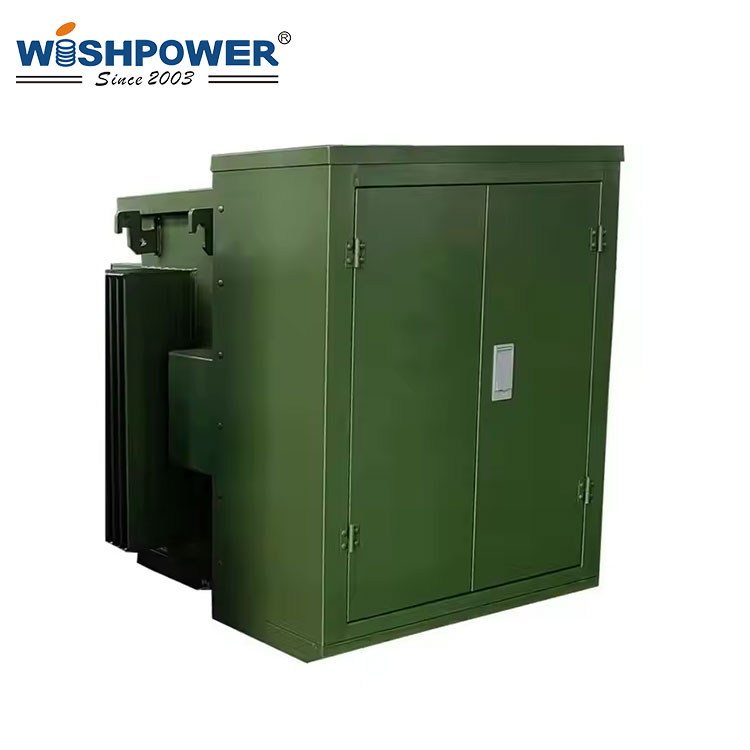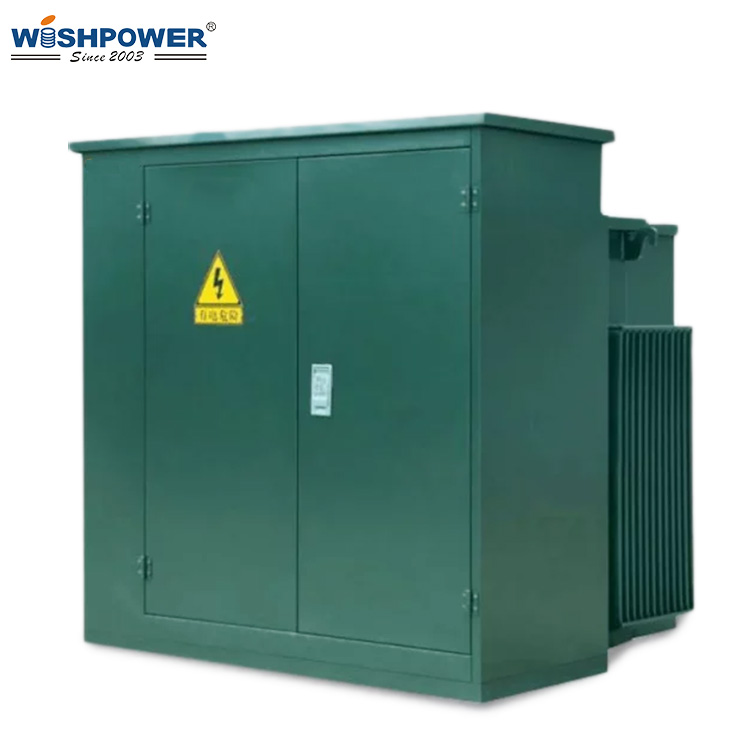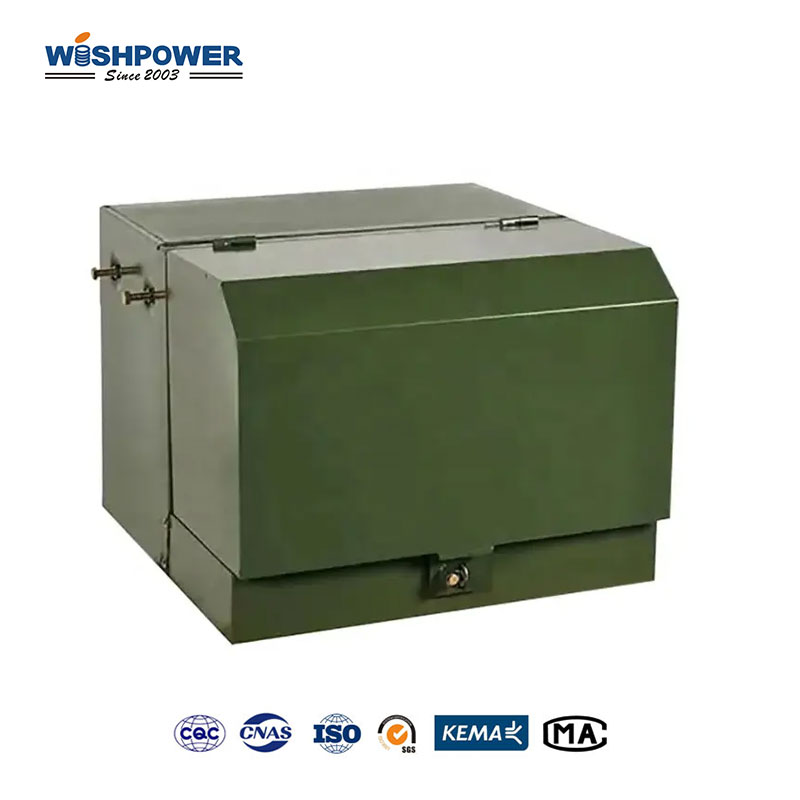Modern power distribution systems rely on pad-mounted transformers. In converting high-voltage electricity from transmission lines to lower usable voltages for residential, commercial, and industrial use, they are very important. These are carefully placed aboveground, inside a steel casing, and mounted upon a concrete pad. More than just converting voltage, pad-mounted transformers help guarantee and protect energy distribution, safety, and reliability.

What is a Pad-mounted Transformer?
A power transformer that is typically used in medium voltage distribution systems to step down the voltage for end users is pad-mounted. Unlike overhead transformers, mounted on utility poles, pad-mounted transformers are mounted to the ground and are enclosed in a protective metal casing. The casing protects the internal components from the weather, vandalism, and likewise unwise contact. With the minimal space available they are often found in residential neighborhoods, commercial areas, and industrial areas as well as on roadsides.
Primary Use: Step-Down
Pad-mounted transformers are used to transform voltage from high transmission levels to lower distribution voltages that can be used in homes, businesses, and factories. Long distances (several hundred kilometers) are spanned electrically over high Voltages (e.g., 69 kV to 138 kV) to minimize losses, which minimize losses. Yet the voltage generated is too high for direct use in homes and businesses which typically require a voltage between 120 volts and 480 volts. This high voltage is stepped down by pad-mounted transformers to a level suitable for local distribution.
Secondary Use: The Function: To provide Safe, Reliable Power Distribution
TWTC assures electricity is safely delivered to users through pad-mounted transformers. Safe and tamper-proof transformers are designed to have safety features such as load break switches, fuses, and fault protection mechanisms. The live parts are further protected by protective enclosures from accidental contact with live parts for the protection of the public and the maintenance personnel.
Space-Saving Design
Another benefit of pad-mounted transformers is that they are space-saving. Pad-mounted transformers sit directly on the ground and sit lower than the typical overhead transformers, which do not need large poles and lines. They are not good for less compacted areas, areas with fewer people, or far away, but suitable for densely populated urban or wherein there is little room, like residential, shopping centers, and industrial parks. In addition, due to their compact size, they are an ideal solution for preserving the aesthetics of a community where they can be hidden away out of sight, yet still perform their function.
Environmental Considerations
The environmental benefits also stem from pad-mounted transformers. They provide an underground power system offering to minimize the visual impact of the power infrastructure and reduce potential damage from environmental terms like storms, lightning, and falling tree branches. The outdoor sealed enclosures also offer some natural protection so that the transformers operate efficiently in all weather conditions.
Flexibility and Scalability
In addition to this flexibility and scalability, pad-mounted transformers also give utilities a good deal of convenience. If utilities can deploy pad-mounted transformers they will typically only use them in locations where there is increasing demand, such as new residential developments or commercial areas. Pad-mounted transformers can be expanded as needed and multiple units can be installed to meet future power needs. It permits utilities to regulate power distribution so that demand and future demand are met without the need for outlaying large-scale infrastructure.
What is the purpose of a pad-mounted transformer?
Pad-mounted transformers have wide uses and are very important components of the world’s power distribution systems. These transformers reduce high-voltage electricity to safer, usable levels, making sure power gets safely, and reliably delivered to the home, the business, and the industry. Available in their space-saving, durable design, this model is ideal for use in urban and suburban areas and features tamper-resistant features and robust safety mechanisms for extra protection of the public and maintenance personnel. Continuing urbanization combined with increasing demands on the networks necessitates that pedestal-mounted transformers will continue to form an integral part of the infrastructure that enables the uninterrupted flow of it in the rest of communities globally.
If you have different opinions or want to know more, please leave a message on the website or contact us directly at info@wishpower.net

















